Research Article Open Access
Biodegradation of Keratin from Chicken Feathers by Fungal Species as a Means of Sustainable Development
| Jai Godheja* and Shekhar SK | |
| Department of Biotechnology, Babasaheb Bhimrao Ambedkar University, Lucknow, India | |
| Corresponding Author : | Jai Godheja Department of Biotechnology Babasaheb Bhimrao Ambedkar University Lucknow, India Tel: 0522-2965364 E-mail: jaigodheja@rediffmail.com |
| Received September 23, 2013; Accepted June 05, 2014; Published June 10, 2014 | |
| Citation: Godheja J, Shekhar SK (2014) Biodegradation of Keratin from Chicken Feathers by Fungal Species as a Means of Sustainable Development. J Bioremed Biodeg 5:232 doi:10.4172/2155-6199.1000232 | |
| Copyright: © 2014 Godheja J, et al. This is an open-access article distributed under the terms of the Creative Commons Attribution License, which permits unrestricted use, distribution, and reproduction in any medium, provided the original author and source are credited. | |
Related article at Pubmed Pubmed  Scholar Google Scholar Google |
|
Visit for more related articles at Journal of Bioremediation & Biodegradation
Abstract
Keratinolytic microorganisms have a great importance in feather waste degradation and its use for improvement of livestock feed and production of protein hydrolysates. Annually several thousand tons of feather wastes are discharged into the surrounding environment as a by-product of commercial poultry processing. Microorganisms could minimize regulatory problems of uncontrolled accumulation of waste feathers. This residue is almost pure keratin, which is not easily degradable by common proteolytic enzymes.
The present study deals with identification of fungi that play a significant role in the degradation of chicken feather and keratin degradation ability of the isolated fungi. Feathers of broiler chicken were collected from Jaggi poultry farm, Mandir Hasaud, Raipur. Fungi were isolated by feather baiting technique. Feathers were inoculated in Sobouraud Dextrose Agar (SDA) medium and their pure culture was prepared. Fungus were identified by Lacto phenol cotton blue staining method as Trichoderma, Gliocladium, Fusarium, Syncephalastrum, Mucor, Aspergillus Flavus. The pure culture were grown in mineral media with 500 mg of feathers as a sole source of Nitrogen and Carbon and incubated for the period of 25 days. At 5 days intervals, the biochemical changes associated with biodegradation was evaluated by analyzing the culture filtrate. The release of Nitrate, Cystine, Cysteine and methionine components during the process of biodegradation was studied which proved the efficient degradation of keratin. There was also a change in pH of the medium towards alkalinity. Mucor and Aspergillus Flavus were the most powerful bio remedial fungus in the current study. With an increasing world-wide concern for the environment it is possible to use these six fungus for the degradation of enormous quantity of waste feathers. Biodegradation leads to recycle the wastes and thus maintaining the environmental quantity of the biosphere.
The present study deals with identification of fungi that play a significant role in the degradation of chicken feather and keratin degradation ability of the isolated fungi. Feathers of broiler chicken were collected from Jaggi poultry farm, Mandir Hasaud, Raipur. Fungi were isolated by feather baiting technique. Feathers were inoculated in Sobouraud Dextrose Agar (SDA) medium and their pure culture was prepared. Fungus were identified by Lacto phenol cotton blue staining method as Trichoderma, Gliocladium, Fusarium, Syncephalastrum, Mucor, Aspergillus Flavus. The pure culture were grown in mineral media with 500 mg of feathers as a sole source of Nitrogen and Carbon and incubated for the period of 25 days. At 5 days intervals, the biochemical changes associated with biodegradation was evaluated by analyzing the culture filtrate. The release of Nitrate, Cystine, Cysteine and methionine components during the process of biodegradation was studied which proved the efficient degradation of keratin. There was also a change in pH of the medium towards alkalinity. Mucor and Aspergillus Flavus were the most powerful bio remedial fungus in the current study. With an increasing world-wide concern for the environment it is possible to use these six fungus for the degradation of enormous quantity of waste feathers. Biodegradation leads to recycle the wastes and thus maintaining the environmental quantity of the biosphere.
Feathers of birds are most suitable substrate for the survival of much fungus in nature [12]. Ramesh [13] isolated a number of pathogenic and non-pathogenic fungi from keratin substrates and studied their intensity and the type of hair degradation. However, there is no detailed investigation on the degradation of feathers. Therefore, the present investigation was envisaged to study the biodegradation of feathers. Currently, almost all the habitats of the world have been surveyed for the presence of keratinophilic fungi [14]. Most of these fungi belong to families Arthrodermataceae and Onygenaceae, order Onygenales in Ascomycetes [15].
The fungus degrades this highly resistant Keratin of feather. With an increasing world-wide concern for the environment it is possible to use these 6 fungi for the degradation of enormous quantity of waste feathers. Biodegradation leads to recycle the wastes and thus maintaining the environmental quantity of the biosphere.
Waste material, hen feather, a bio sorbent, was successfully utilized in removing a water-soluble hazardous triphenyl methane dye, Brilliant Blue FCF from wastewater. Chicken feathers could help save trees by taking the place of wood pulp in air filters, paper products, and other uses, according to chemist Walter Schmidt of the U.S. Agricultural Research Service. Replacing half the wood-pulp content of composite paper with chicken feathers means only half as many trees. Chicken feathers can also to be use for the production of fuel.
References
- Mabrouk MEM (2008) “Feather degradation by a new keratinolytic Streptomyces sp. MS-2.” World Journal of Microbiology and Biotechnology 24: 2331-2338.
- Han M, Luo W, Gu Q, Yu X (2012) “Isolation and characterization of a keratinolytic protease from a feather-degrading bacterium Pseudomonas aeruginosa C11,” African Journal of Microbiology Research 6: 2211-2222.
- AcdaMN (2010) “Waste chicken feather as reinforcement in cement-bonded composites.” Philippine Journal of Science 139: 161-166.
- Lin X, Lee CG, Casale ES, Shih JCH (1992) “Purification and characterization of a keratinase from a feather-degrading Bacillus licheniformis strain.” Applied and Environmental Microbiology 58: 3271-3275.
- Deivasigamani B, Alagappan KM (2008) “Industrial application of keratinase and soluble proteins from feather keratins.” Journal of Environmental Biology 29: 933-936.
- Mukhopadhyay RP, Chandra AL (1993) “Protease of a keratinolyticstreptomycete to unhair goat skin.” Indian Journal of Experimental Biology 31: 557-558.
- Nam GW, Lee DW, Lee HS (2002) “Native-feather degradation by Fervidobacteriumislandicum AW-1, a newly isolated keratinase-producing thermophilic anaerobe.” Archives of Microbiology 178: 538-547.
- Suneetha V, Lakshmi VV (2005) “Optimisation of parameters for fermentative production of keratinase by feather degrading microorganisms.” World Journal of Microbiology and Biotechnology 7: 106-115.
- Page RM (1950) Observations on keratin digestion by Microsporumgypseum. Mycopathologia 42: 591-602.
- Weary PE, Canby CM, Cowley EP (1965) Keratinolytic activity of Microsporumcanis and Microsporumgypseum. J Invest Derma 44: 300-310.
- Kunert J (1989) Biochemical mechanism of keratin degradation by the Actinomycete Streptomyces fradiae and the fungus Microsporumgypseum: A comparison. J Basic Microbiol 29: 597-604.
- Sarangi SM, Ghosh GR (1990) Episoochory transmission of keratinophilic fungi by the Eusynancthropic common house sparrow in Orissa. Kavaka 18: 14-18.
- Ramesh VM (1996) Studies on keratinophilic fungi characterization of keratinolytic, potential and fungitoxic evaluation of some plant extracts. Ph.D. thesis, University of Madras.
- Kushwaha RKS (2000) In Biology of Dermatophytes and other Keratinophilic Fungi (edsKushwaha, R. K. S. and Guarro, J.), Bilbao, RevistaIberoamericana de Micol 86-92.
- Currah RS (1985) Taxonomy of the Onygenales: Arthrodermataceae, Gymnoascaceae, Myxotrichaceae and Onygenaceae. Mycotaxon, 1985, 24, 1-216.
- Day WC, Tonic P, Stratman SL, Leeman U, Harman SR (1968) Isolation and properties of an extracellular protease of Trichophytongranulosum. biochimBiophysActa 167: 597-606.
- Goldsmith J, Livoni P, Noaberg CL, Segal IH (1973) Regulation of nitrate uptake in Penicilliumchrysogenum by ammonium ion. Plant physiology 52: 362-367.
- Ramakrishna R, Siraj P, PrakasaSastry CS (1979) Spectrophotometric method for the direct determination of cysteine in the presence of other naturally occurring amino acids. Current Science 48: 815-816.
- Timothy E McCarthy, Sullivan MX (1941) A New and highly specific colorimetric test for methionine. J BiolChem 141: 871-876.
- Noval JJ, Nickerson WJ (1959) Decomposition of native keratin by Streptomyces fradiae. J Bacteriol 77: 251-263.
- Singh CJ, Geetha Singh B, Sundara Singh B (1996) Biodegradation of some keratin substrates invitro by some keratinophilic fungi. Advances in Plant Sciences 8: 271-276.
- Kunert J (1976) Keratin decomposition by dermatophytes. II. Presence of S- sulfocysteine and cysteic acid in soluble decomposition products. Z AllgMikrobiol 16: 97-105.
- Shih JCH (1993) Recent Development in Poultry Waste Dizgestion and Feather Utilization—A Review. Poultry Science 72: 1617-1620.
- Bertsch A, Colleo N (2005) A biotechnological process for treatment and recycling poultry feathers as a feed ingredient. 96: 1703-1708.
- Wang JJ, Borwornpinyo R, Odetallah N, Shih JCH (2005) Enzymatic degradation of a prion-like protein, Sup35NM-His6. 36: 758-765.
Tables and Figures at a glance
| Table 1 |
Figures at a glance
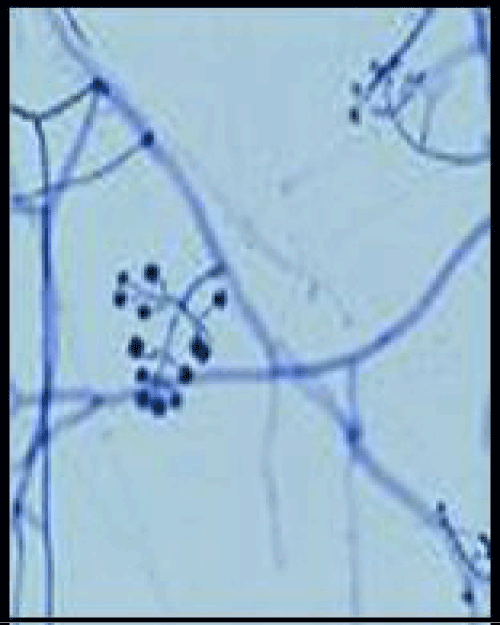 |
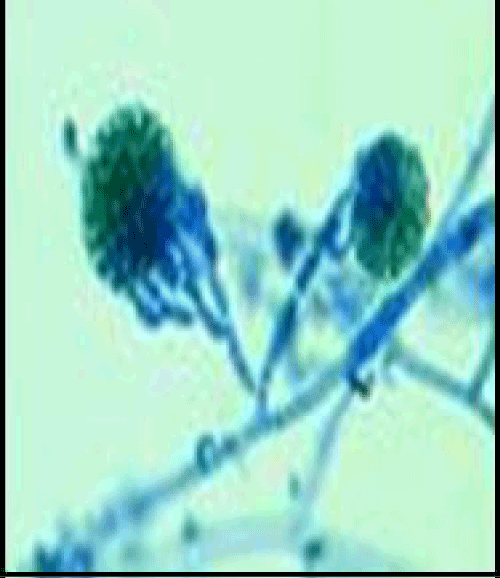 |
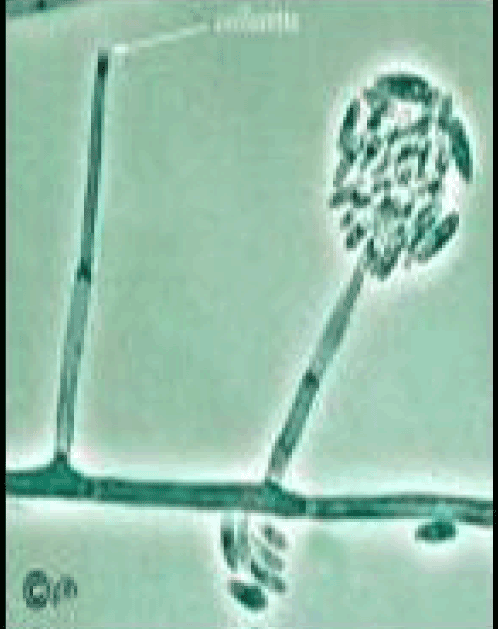 |
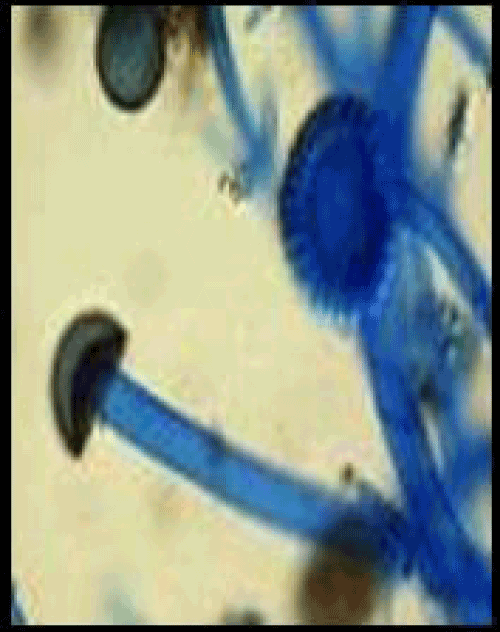 |
| Figure 1 | Figure 2 | Figure 3 | Figure 4 |
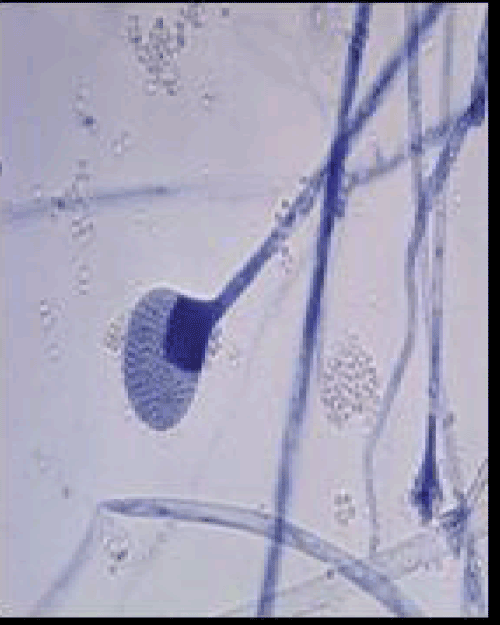 |
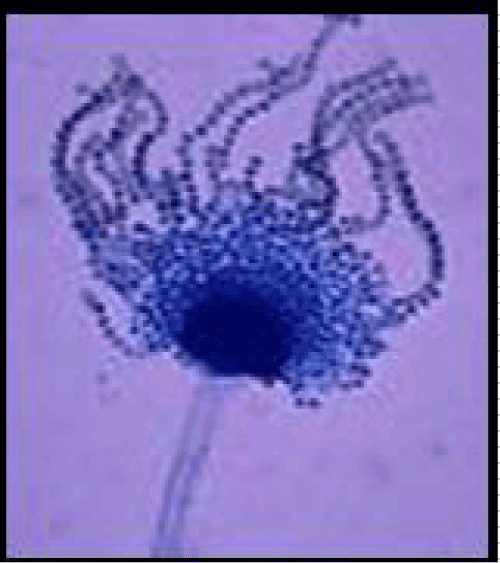 |
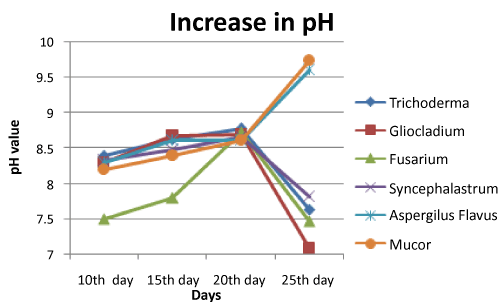 |
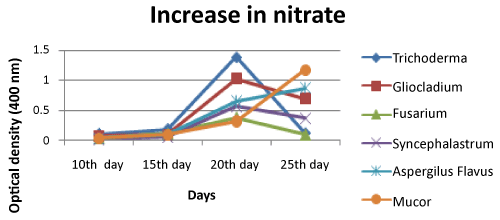 |
| Figure 5 | Figure 6 | Figure 7 | Figure 8 |
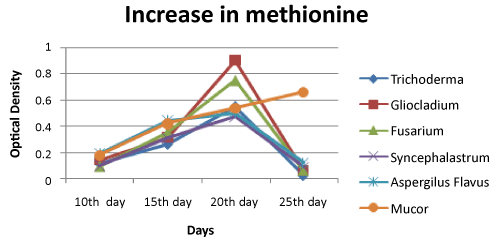 |
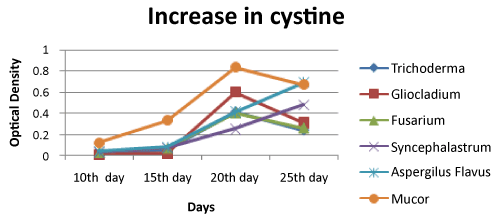 |
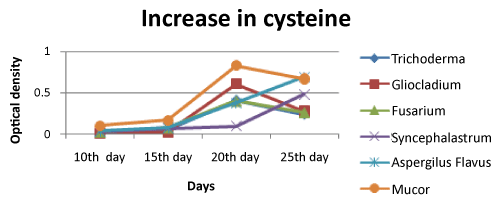 |
| Figure 9 | Figure 10 | Figure 11 |
Relevant Topics
- Anaerobic Biodegradation
- Biodegradable Balloons
- Biodegradable Confetti
- Biodegradable Diapers
- Biodegradable Plastics
- Biodegradable Sunscreen
- Biodegradation
- Bioremediation Bacteria
- Bioremediation Oil Spills
- Bioremediation Plants
- Bioremediation Products
- Ex Situ Bioremediation
- Heavy Metal Bioremediation
- In Situ Bioremediation
- Mycoremediation
- Non Biodegradable
- Phytoremediation
- Sewage Water Treatment
- Soil Bioremediation
- Types of Upwelling
- Waste Degredation
- Xenobiotics
Recommended Journals
Article Tools
Article Usage
- Total views: 17540
- [From(publication date):
September-2014 - Apr 04, 2025] - Breakdown by view type
- HTML page views : 12475
- PDF downloads : 5065
